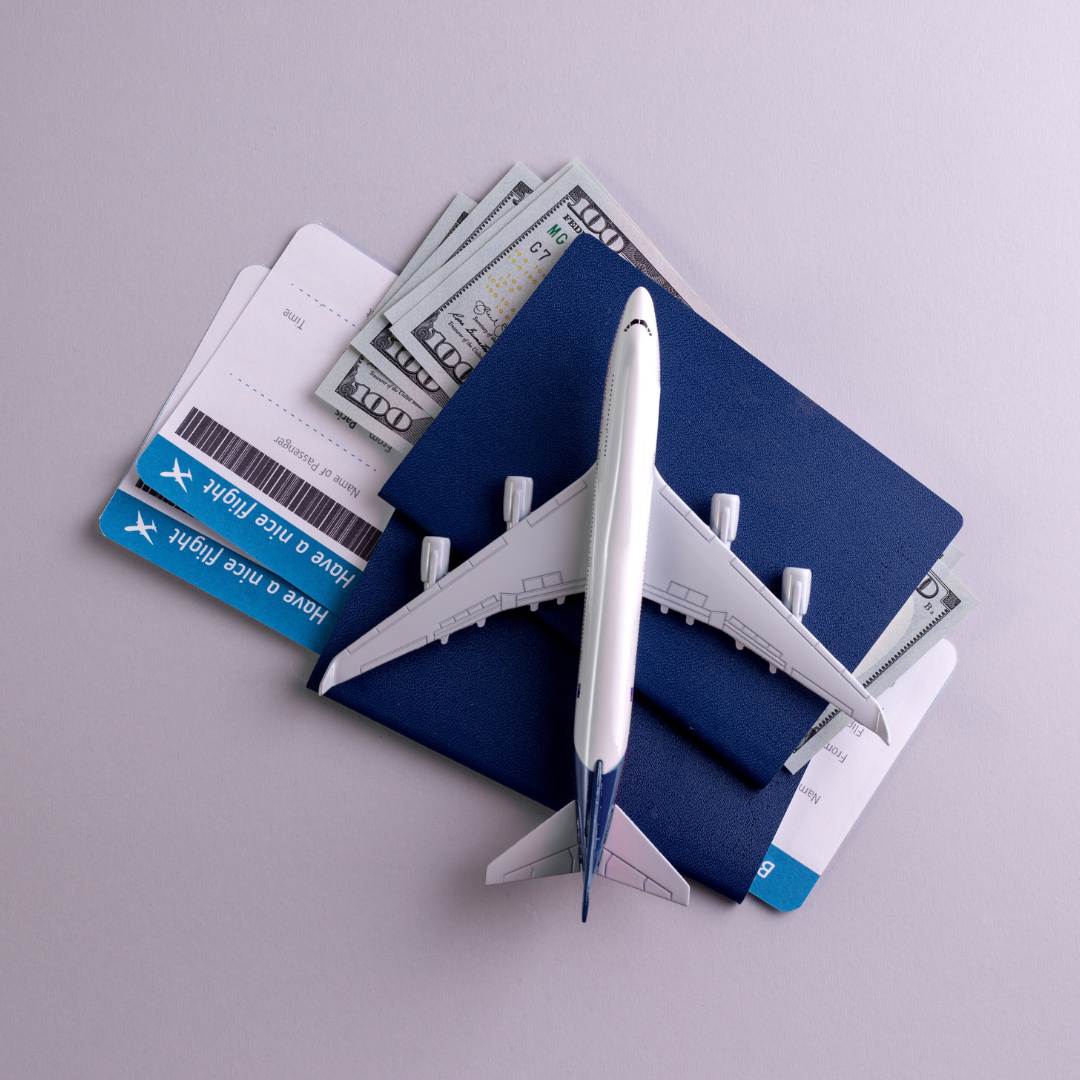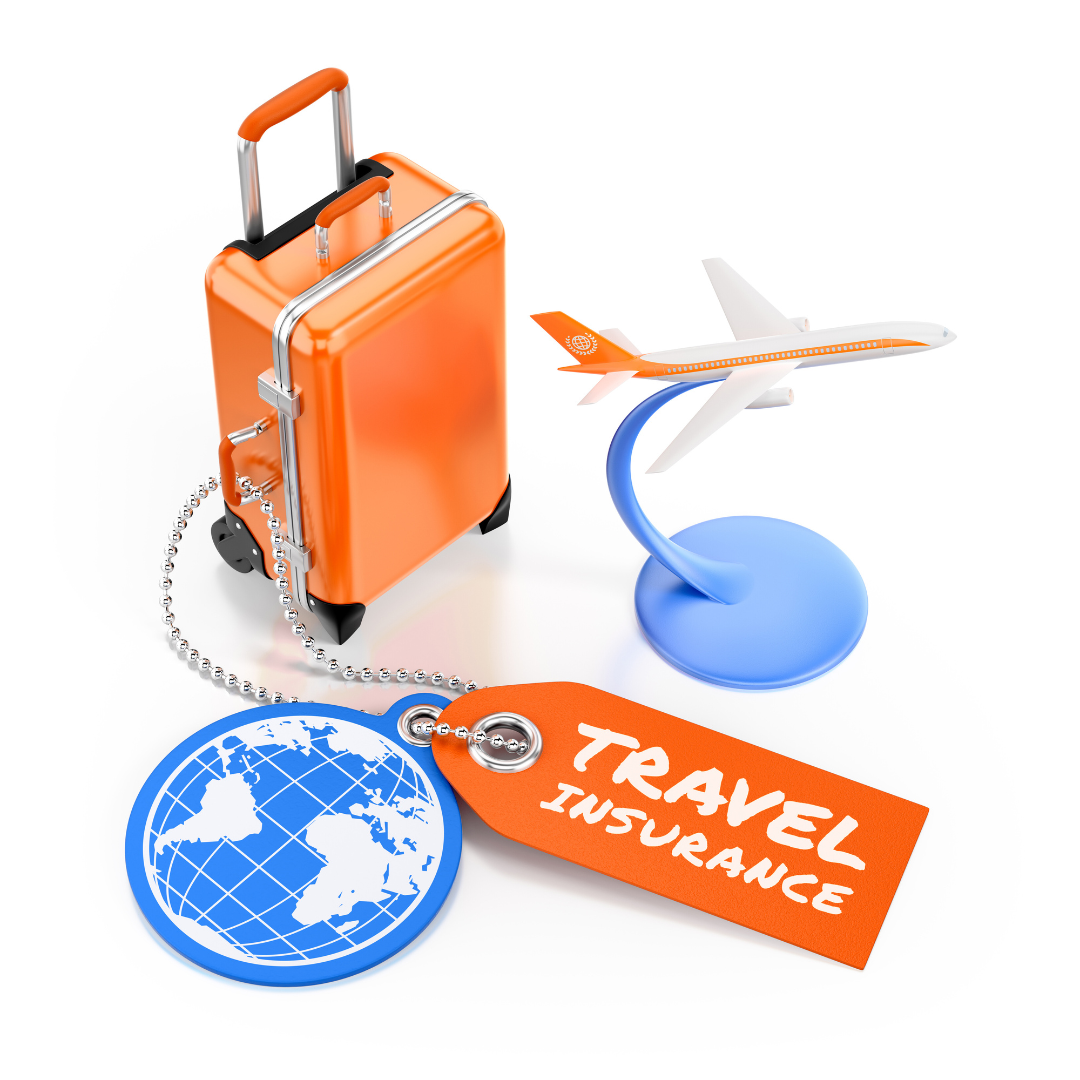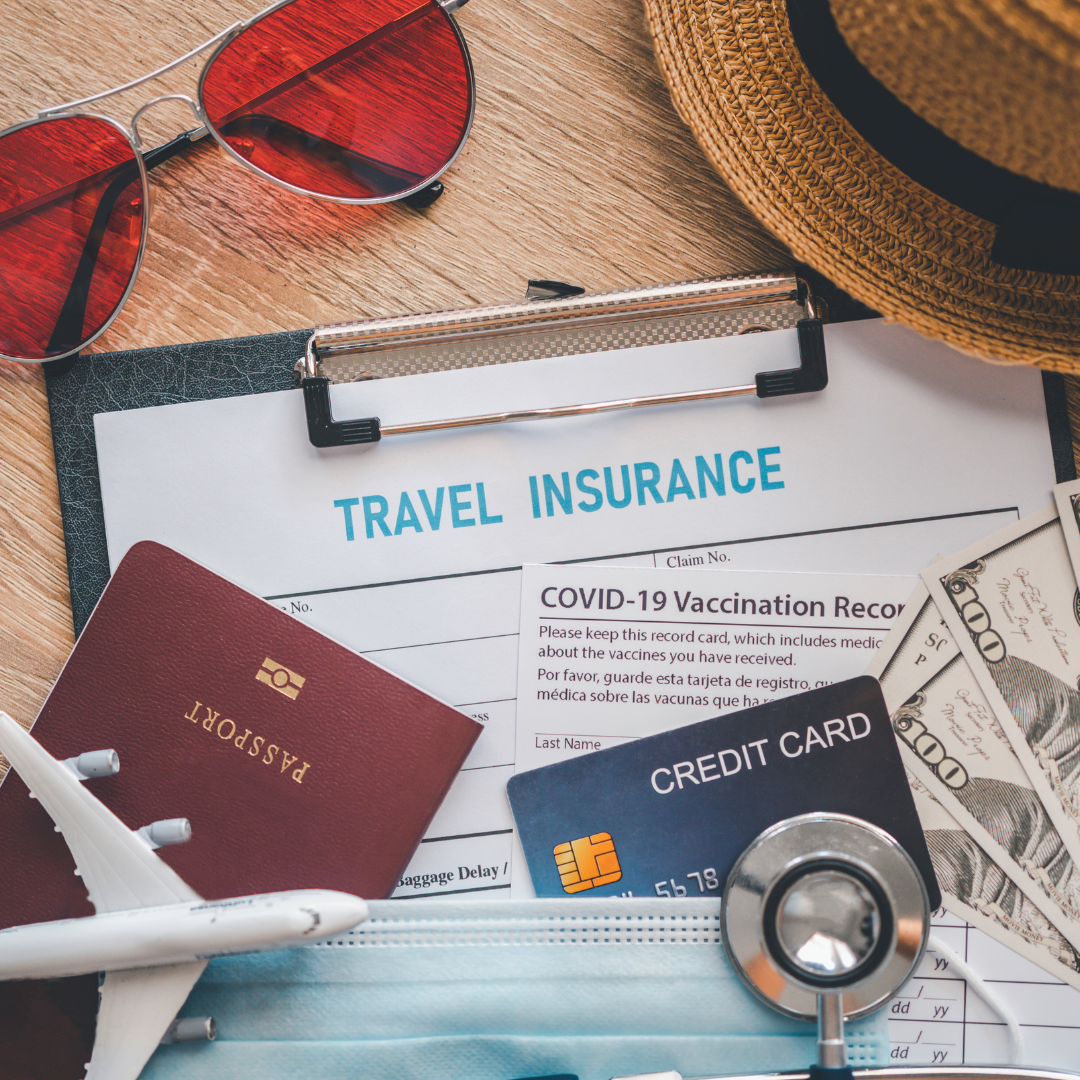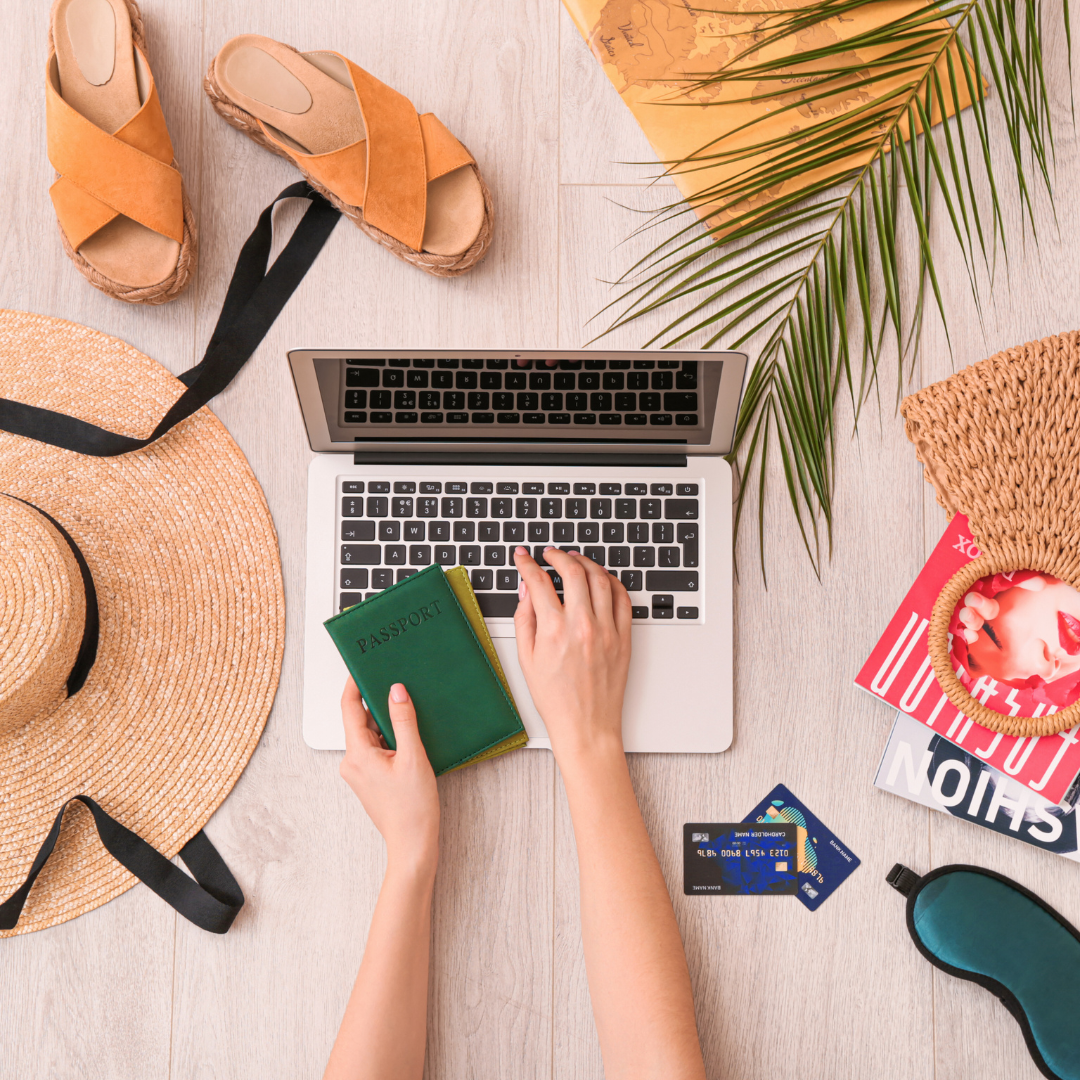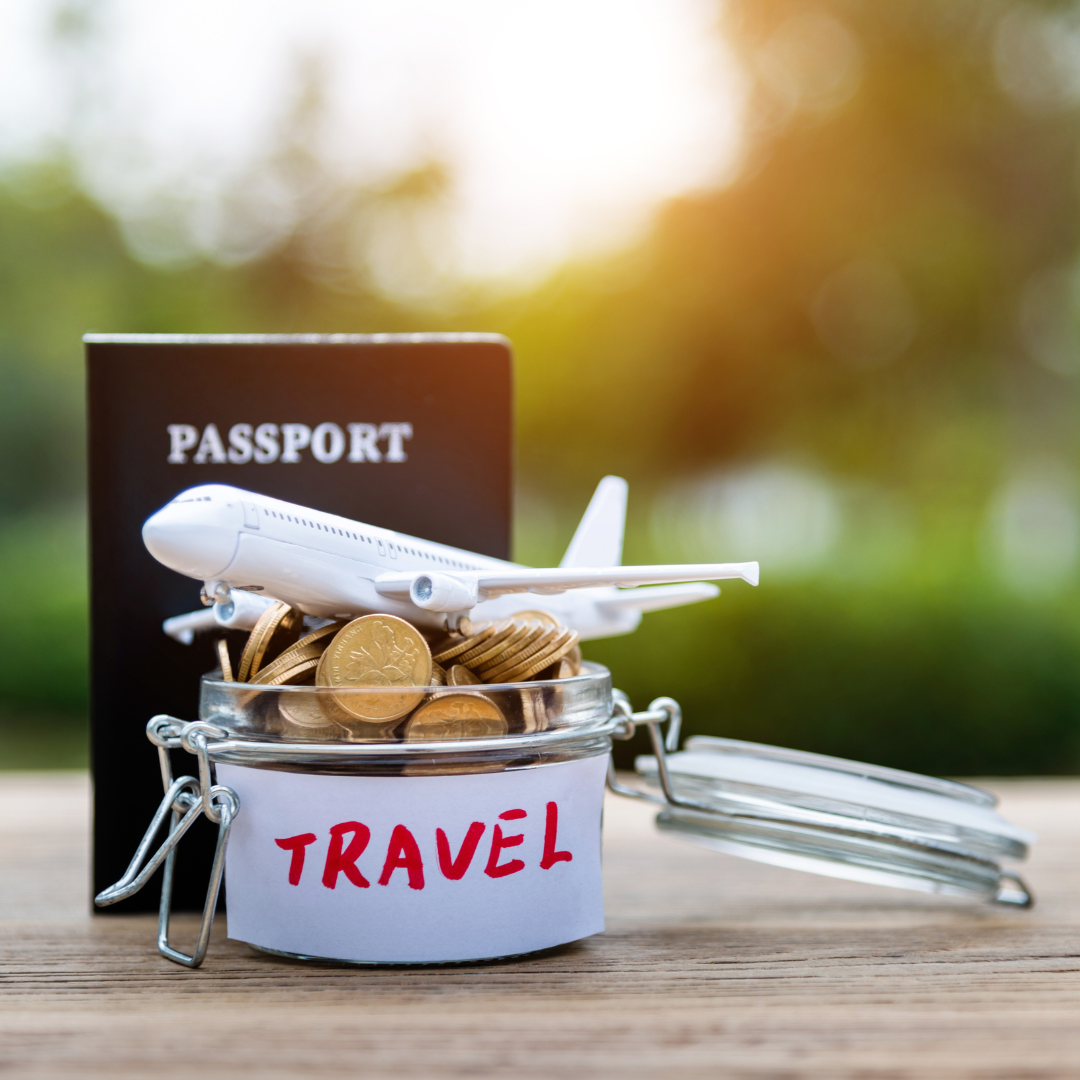Common Travel Insurance Mistakes and How to Avoid Them for a Hassle-Free Trip
Travel insurance can be an essential safety net for any journey, yet many travellers make mistakes that leave them unprotected. Understanding common pitfalls can help ensure that they select the right policy and remain secure during their adventures. Avoiding these mistakes involves thorough research and awareness of policy details.
Many individuals overlook the importance of reading the fine print, which can lead to unexpected exclusions or inadequate coverage. Furthermore, failing to disclose pre-existing medical conditions may result in claims being denied at crucial moments. Being proactive and informed plays a significant role in preventing these issues.
Additionally, some travellers purchase insurance without comparing different options, which can lead to paying for unnecessary coverage or missing out on better deals. Identifying specific needs and matching them with appropriate policies will enhance their travel experience and provide peace of mind.
Understanding Travel Insurance and Policy Coverage
Knowing the essentials of travel insurance helps individuals make informed decisions when selecting a policy. Key aspects include understanding the nature of travel insurance, its essential features, and the types of coverage available, alongside common exclusions.
What Is Travel Insurance?
Travel insurance is a type of insurance designed to cover unforeseen events while travelling. It offers protection for various scenarios, including trip cancellations, lost baggage, and medical emergencies abroad. Typically, it is purchased for the duration of a trip and provides peace of mind against unexpected disruptions.
This insurance can be tailored to individual needs, ensuring relevant coverage based on the destination and type of travel. It is essential for travellers to understand that not all policies are the same. Policy limits, coverage types, and exclusions can vary significantly between providers.
Key Features of a Travel Insurance Policy
Key features of a travel insurance policy often include emergency medical coverage, trip cancellation, and baggage loss.
- Emergency Medical Coverage: This covers medical expenses incurred while abroad, including hospitalisation, surgeries, and the cost of repatriation.
- Trip Cancellation/Interruption: This feature reimburses non-refundable expenses if a trip must be cancelled or shortened due to covered reasons, such as illness or emergency.
- Baggage Loss or Delay: Compensation is provided for lost or delayed luggage, covering essential items or the cost of replacing lost belongings.
Understanding these features ensures that the travel insurance policy aligns with specific travel needs.
Types of Coverage and Exclusions
Travel insurance typically includes several types of coverage, each with specific purposes. Common types are:
- Medical Coverage: Covers medical expenses related to accidents or illnesses.
- Cancellation Coverage: Protects against financial loss from trip cancellations.
- Personal Liability Coverage: Covers damages or injuries caused by the insured to third parties.
Equally important are the exclusions that can limit benefits. Common exclusions include:
- Pre-existing medical conditions.
- Certain high-risk activities, like skydiving or scuba diving.
- Travelling against government advice.
Reviewing both coverage and exclusions ensures travellers know what to expect and can avoid unexpected costs.
Common Mistakes When Buying Travel Insurance
When purchasing travel insurance, individuals often make critical errors that can lead to inadequate coverage. Understanding these common mistakes can help ensure proper protection during travel.
Overlooking Pre-Existing Medical Conditions
Many travellers fail to disclose pre-existing medical conditions when applying for travel insurance. This oversight can lead to denied claims for any related medical expenses incurred during the trip.
Policies can vary significantly regarding coverage for these conditions. Some may offer automatic cover, while others require an additional premium. It’s essential for travellers to read the fine print and inquire specifically about their conditions to avoid gaps in coverage.
Ignoring Policy Exclusions and Limitations
Another frequent mistake is not thoroughly reviewing policy exclusions and limitations. Many travellers assume that travel insurance covers everything, but most policies contain specific exclusions.
Common exclusions include claims arising from acts of terrorism, natural disasters, or specific medical conditions. Understanding these limitations can prevent unexpected out-of-pocket expenses. Travellers should ask insurers about any doubts concerning what is and isn’t covered to ensure they choose the right policy for their needs.
Selecting Insufficient Medical Cover
Choosing a policy with inadequate medical cover is a significant error. Individuals often focus on affordability and overlook essential components like medical expenses and repatriation.
Costs associated with medical treatment abroad can escalate quickly, especially in regions with high healthcare standards. Comprehensive medical cover should include expenses for hospital stays, emergency evacuations, and repatriation if necessary. Travellers must assess the potential medical costs in their destination and select a policy that provides sufficient coverage.
Forgetting to Include Hazardous Activities
Many insurance purchasers neglect to consider the risks of hazardous activities they might engage in while travelling. Activities such as skiing, scuba diving, or trekking can significantly increase the risk of injury.
Policies may not automatically cover injuries sustained during these activities, requiring specific additions to the travel insurance. Travellers should inform their insurers about planned activities to obtain appropriate coverage. This attention to detail can help prevent significant financial losses due to accidents during high-risk adventures.
Avoiding Issues with Travel Insurance Claims
Navigating the claims process can be challenging. Proper preparation and understanding of the requirements are crucial for a smooth experience.
Filing Travel Insurance Claims Correctly
To file a travel insurance claim correctly, it is important to act promptly after the event. Many insurers require claims to be submitted within a specific timeframe. Delaying this process could result in a denial.
When filing, complete all claim forms accurately. Double-check personal data and ensure that all questions are answered fully. Providing clear and concise information helps the insurer process the claim efficiently.
It’s beneficial to keep a record of communications with the insurance provider. Document dates, times, and the names of representatives spoken to, as this can assist in case of disputes.
Providing Accurate Documentation
Accurate documentation is key in substantiating travel insurance claims. Insurers typically request detailed evidence to support the claim, which may include medical reports, receipts, and proof of travel arrangements.
When dealing with medical emergencies, obtain records from healthcare providers promptly. This should include diagnoses, treatments, and any expenses incurred. For lost baggage or trip cancellations, gather relevant documents like travel itineraries and vendor correspondence.
Maintaining organised personal data will streamline the submission process. Creating a checklist of required documents can ensure nothing is overlooked when submitting the claim.
Understanding Emergency Assistance Procedures
Understanding emergency assistance procedures is vital for effective travel insurance claims. Most policies include a 24/7 emergency contact number, and it’s important to utilise this service during a crisis.
Given that some insurance companies may require notification of emergencies within a certain timeframe, contacting them promptly can facilitate the claims process. Failure to notify them can lead to complications or denials.
Furthermore, knowing what services are available, such as medical evacuation or relocation assistance, can help travellers respond appropriately during emergencies. Understanding the policy limitations will also prevent unexpected issues when it’s time to file a claim.
Privacy, Data, and Security Considerations in Travel Insurance
Privacy and data security are critical factors in travel insurance. Individuals should be well-informed about managing their personal data and exercising their privacy rights. Ensuring robust security measures can prevent unauthorised access to sensitive information.
Managing Personal Data and Consent
In travel insurance, managing personal data begins with understanding how that data is collected and used. Companies should seek explicit consent for collecting information like names, addresses, and payment details.
Individuals are encouraged to read privacy policies carefully. For instance, insurers may use geolocation data to tailor services, but require clear consent. Users should ensure they are aware of how their IP addresses and search data will be utilised for analytics or personalised advertising.
Ensuring Privacy Settings and Security Measures
Insurers must implement strong security measures to protect personal data. Tools such as two-factor authentication and encryption can be effective, offering additional layers of protection.
Customers should actively configure their privacy settings within their accounts. This includes opting out of sharing precise geolocation data unless essential for service delivery. Regularly updating passwords and monitoring account activity can help prevent spam and unauthorised access.
Navigating Analytics, Advertising, and Cookie Policies
Travel insurance platforms often use cookies for analytics and advertising purposes. Understanding cookie policies is essential for informed consent. Users should be aware that cookies may track browsing behaviour for targeted content measurement and audience research.
Customers can typically manage cookie preferences through their browser settings or directly on the website. Opting out of personalised advertising can limit data collection but may also affect user experience. Insurers should clearly communicate how analytics contribute to service development to promote transparency.


